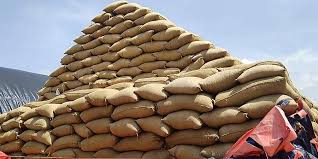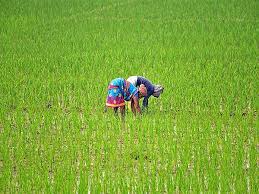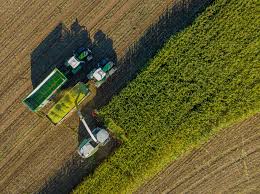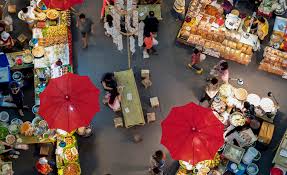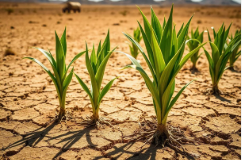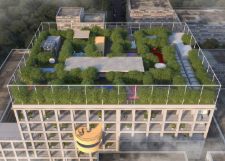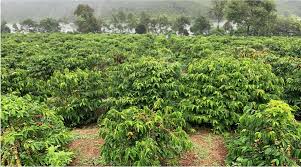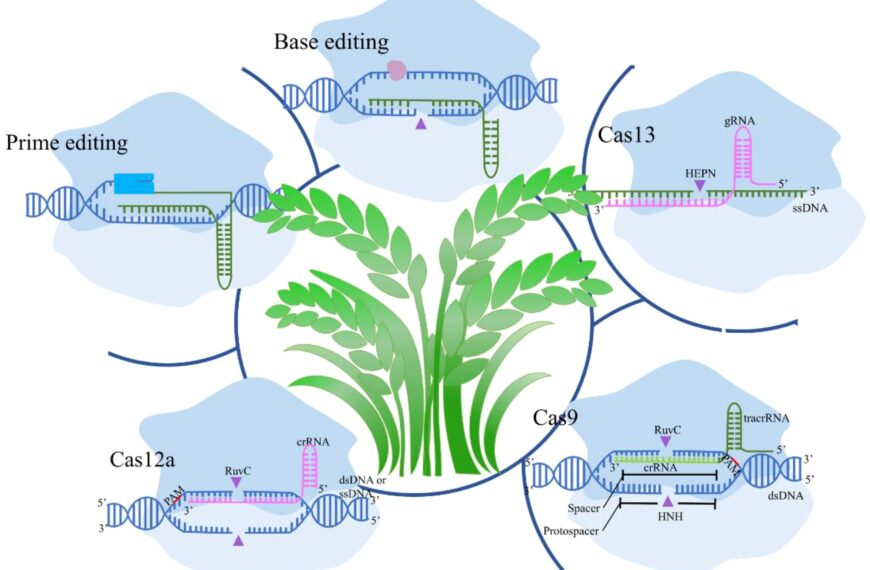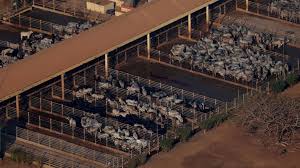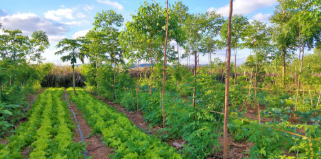
In tropical regions of Southeast Asia, farmers are embracing agroforestry combining fruit trees, timber species, and annual crops to boost biodiversity and income. The system mimics natural forests and offers multiple harvests through the seasons.
In Cambodia’s Battambang province, a local farmer association has planted over 50,000 trees among rice paddies and vegetable plots. Paul Seng, a farmer turned agroforestry champion, reports three revenue streams: rubber taps, mangoes, and seasonal vegetables each selling at distinct times and cushioning market risks.
Scientific trials conducted by the local agricultural university revealed that agroforestry plots had 30% higher soil organic matter and 40% better water retention compared to monocultures. This has also led to marked increases in bird and pollinator populations, enhancing crop yields.
The Cambodian Ministry of Agriculture is now planning large-scale incentives, including sapling subsidies and training programs. In collaboration with donor agencies, they hope to reach 100,000 hectares by 2030.

